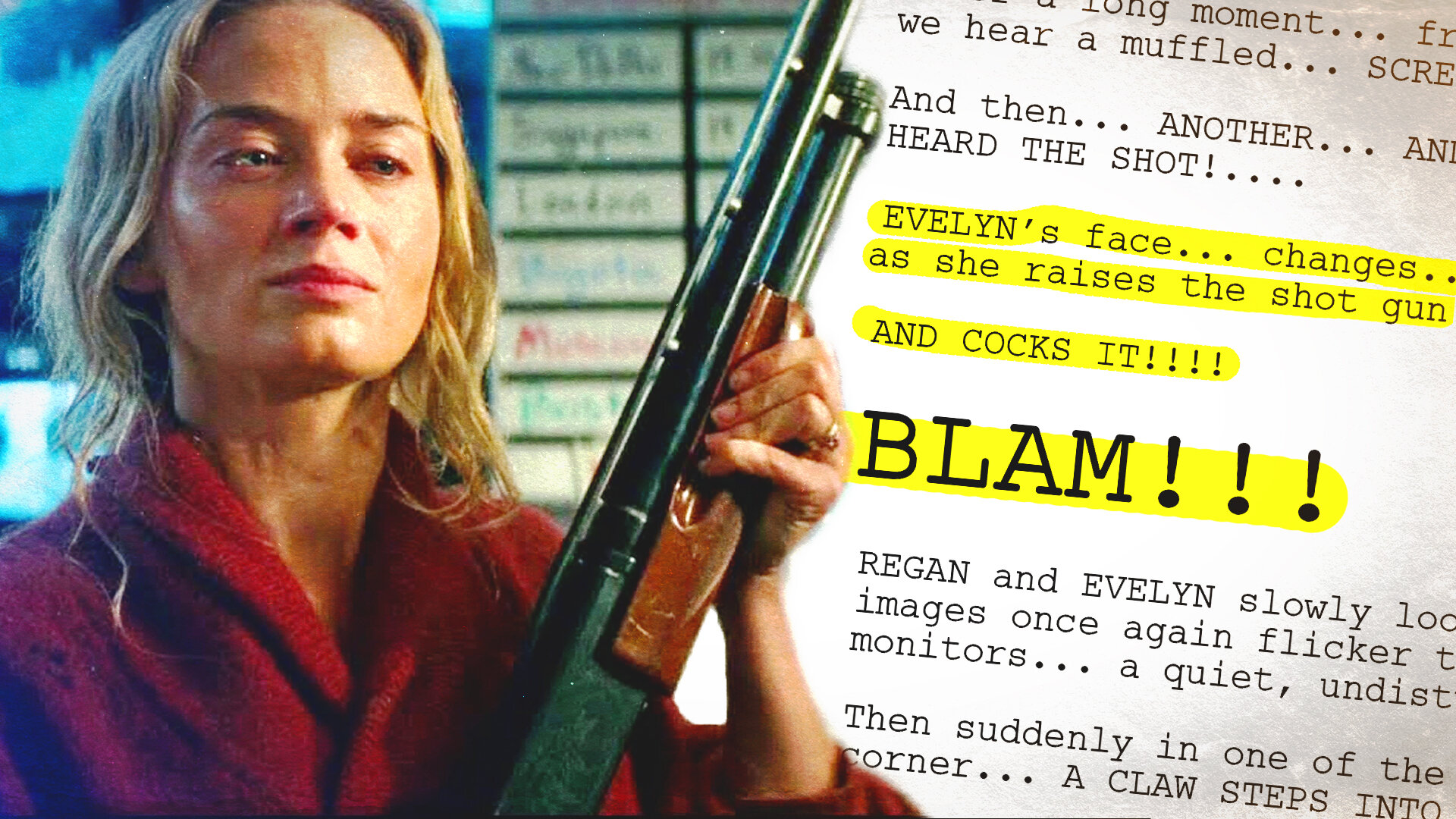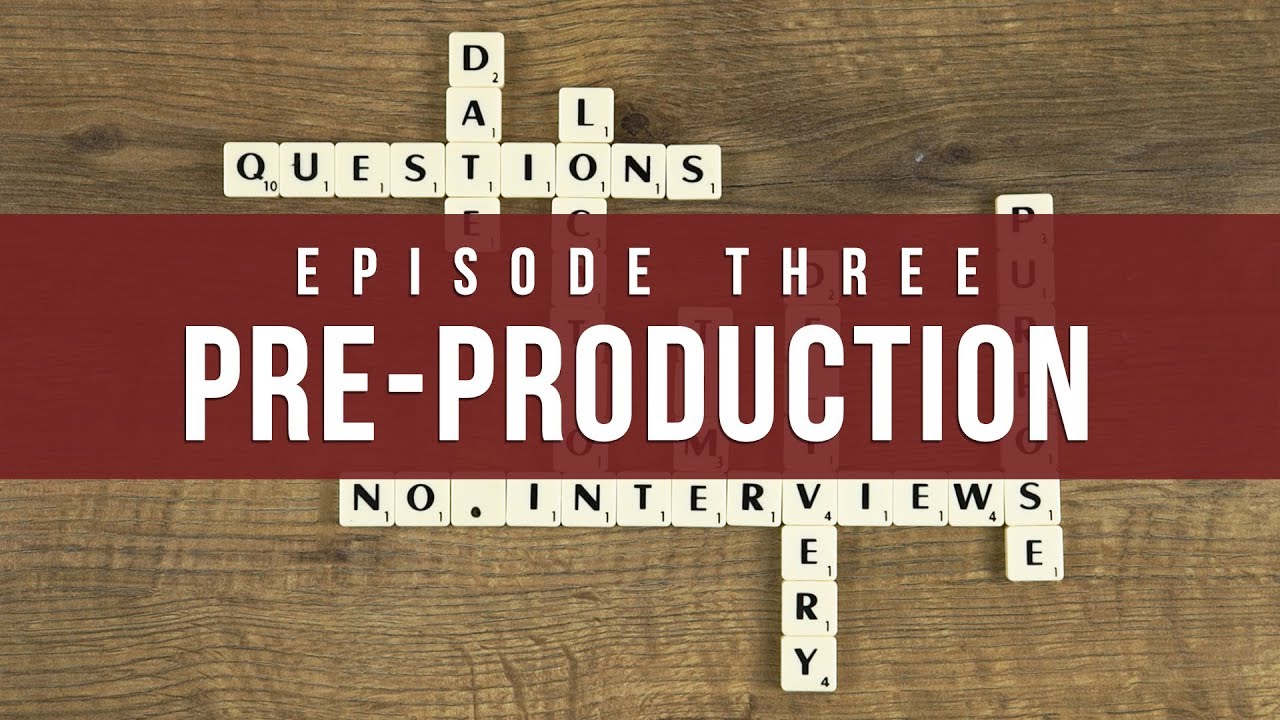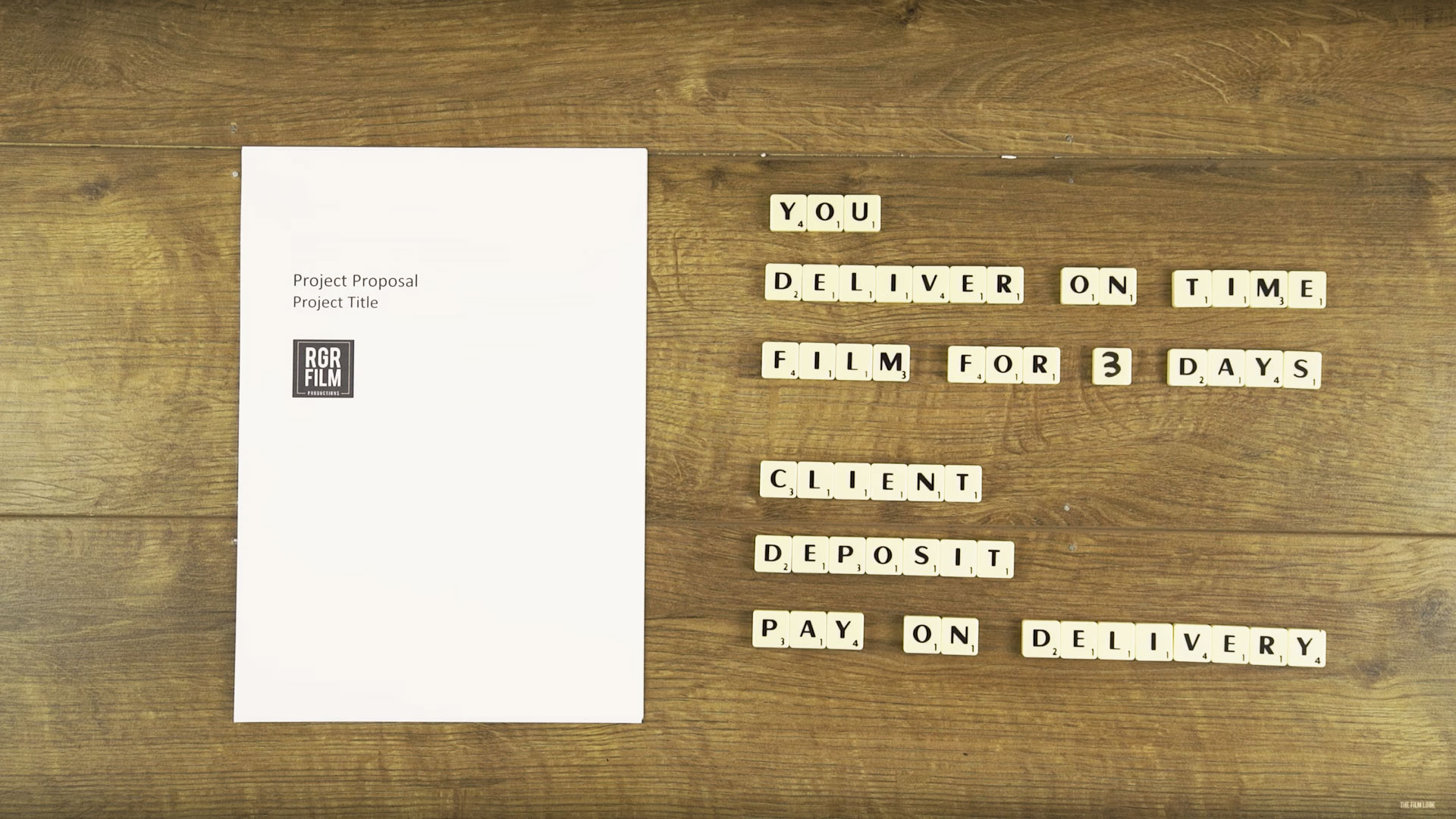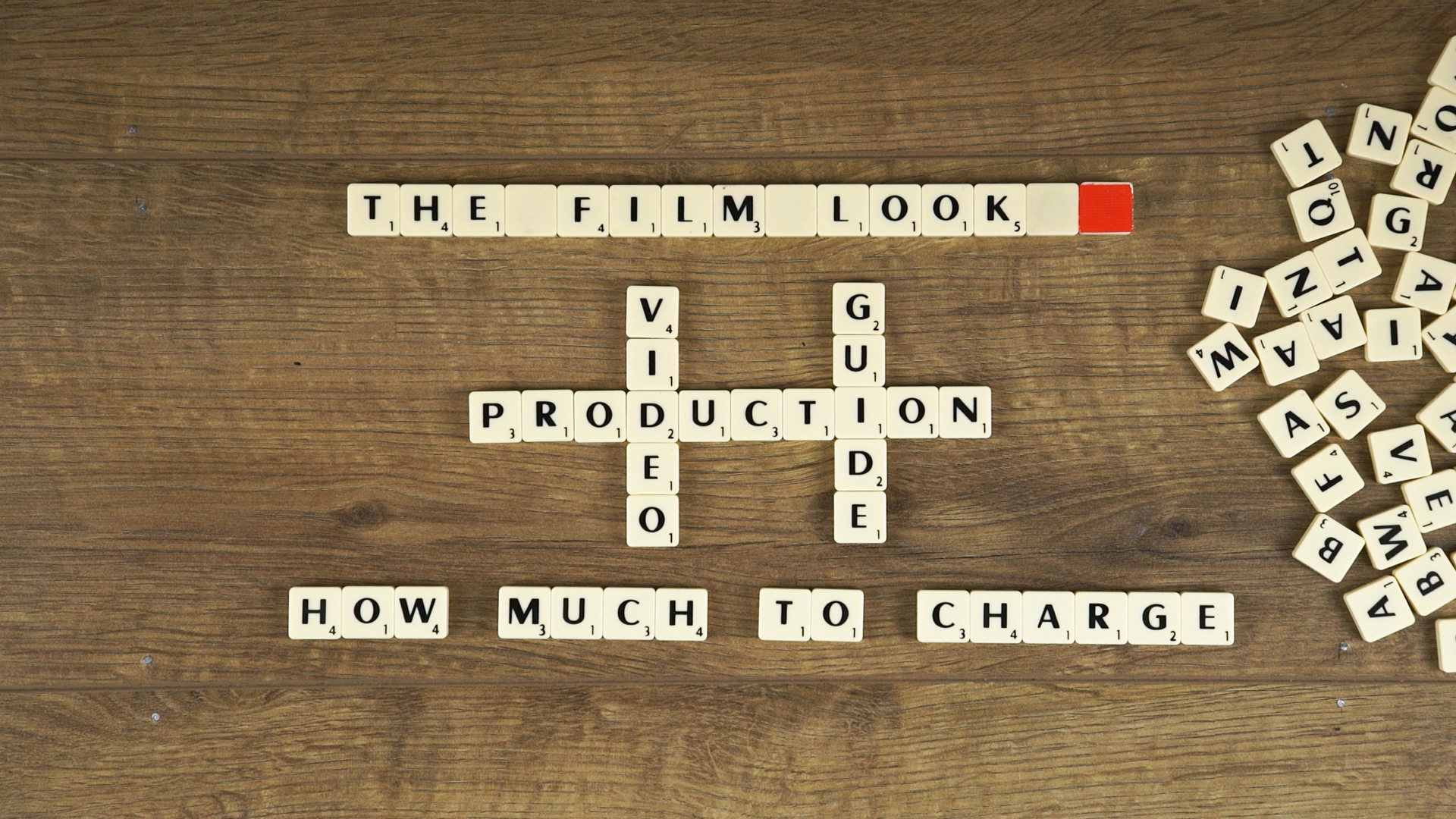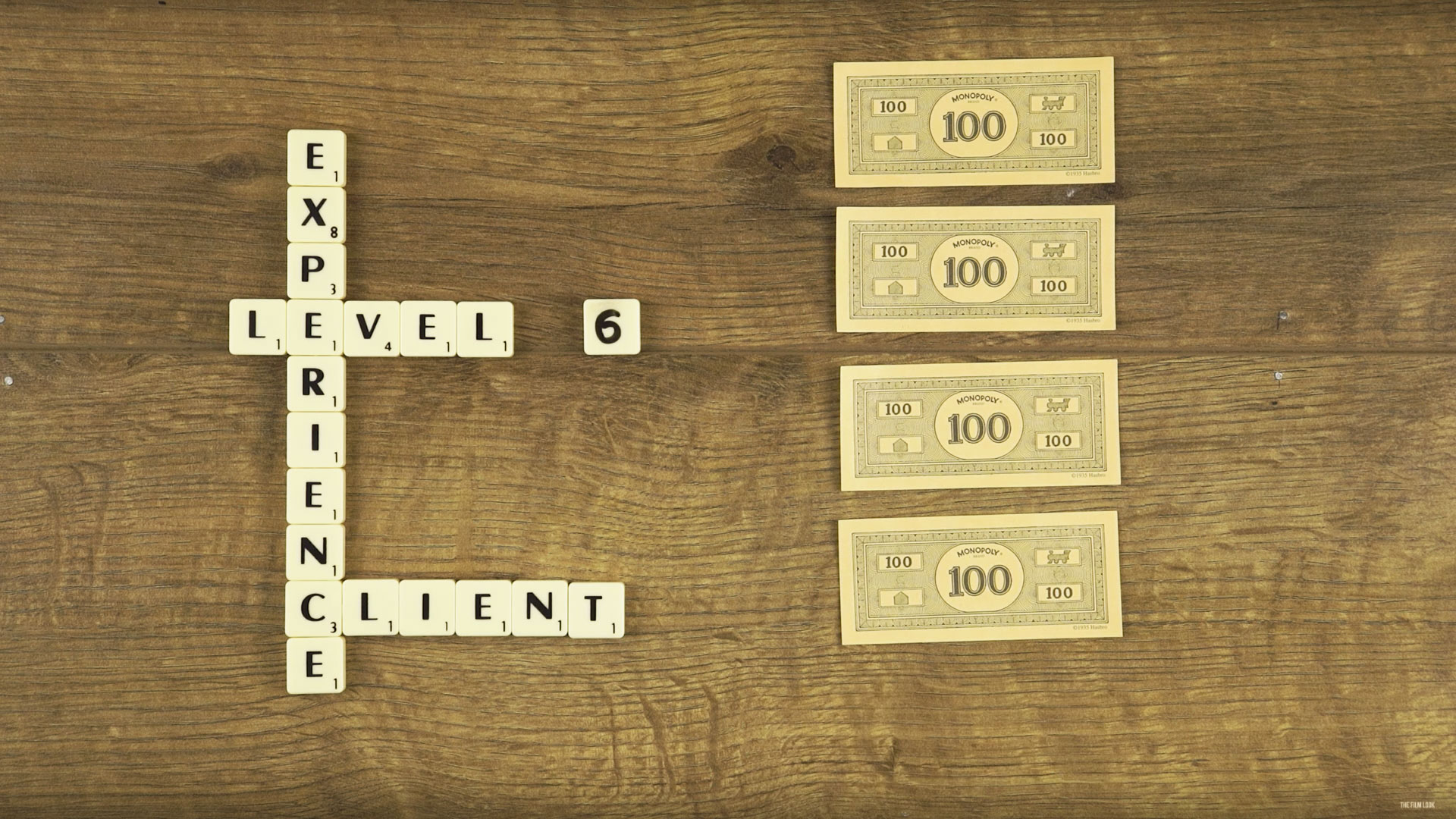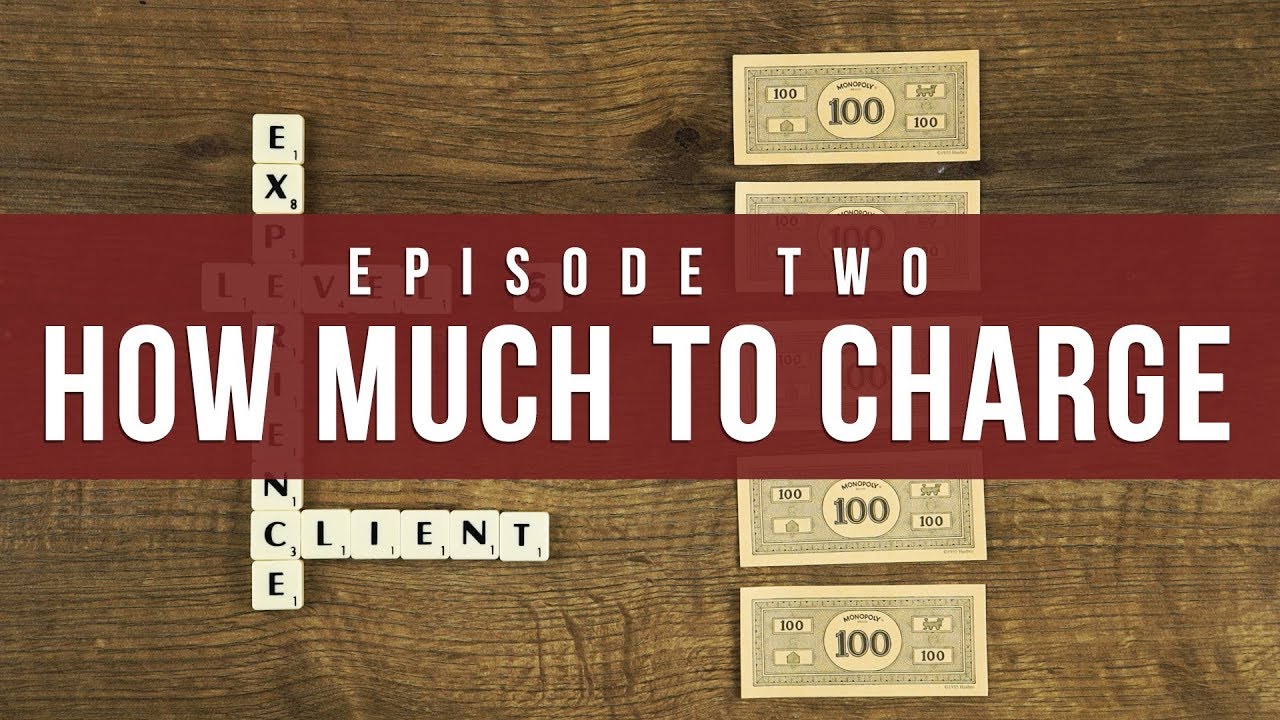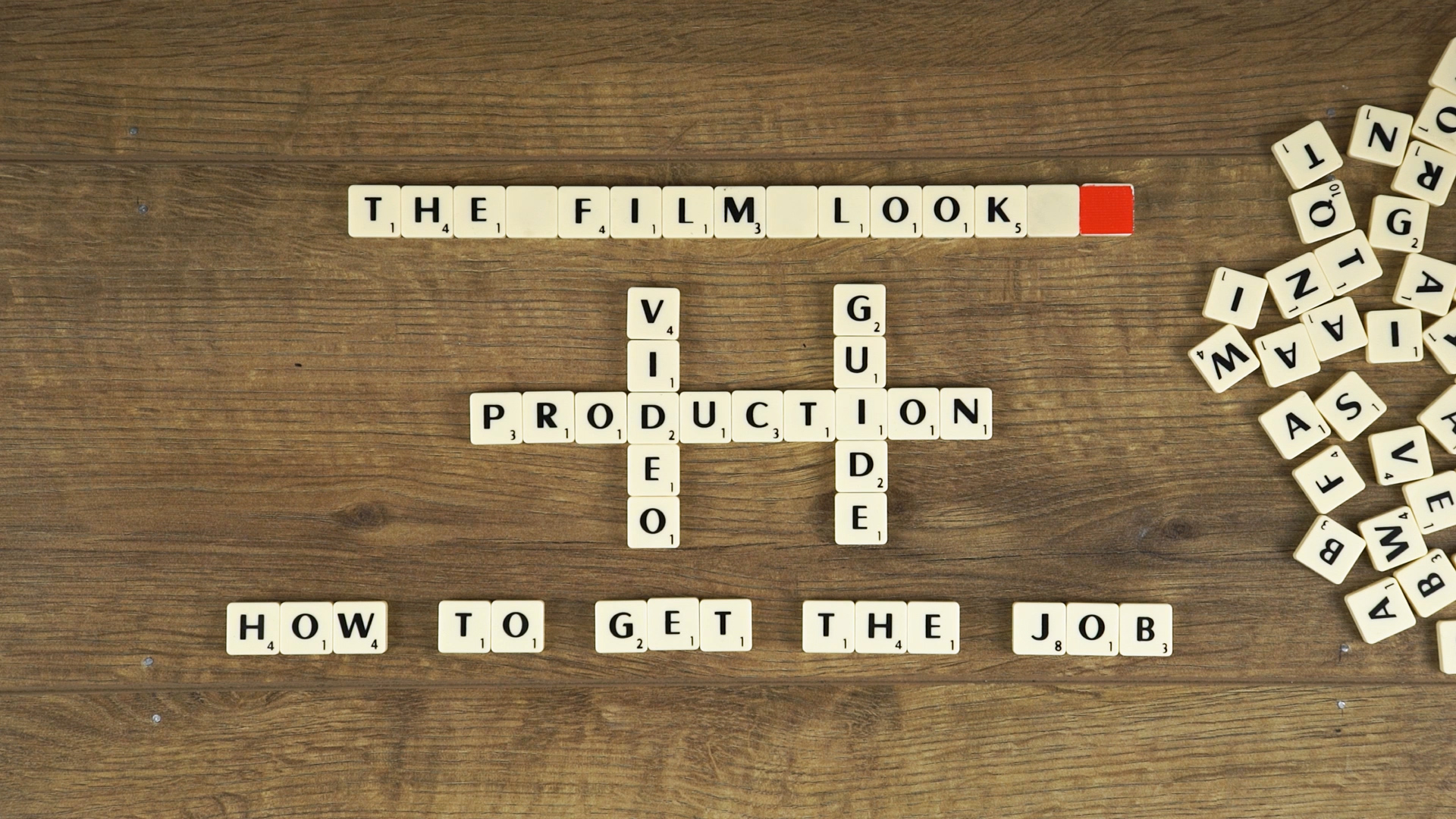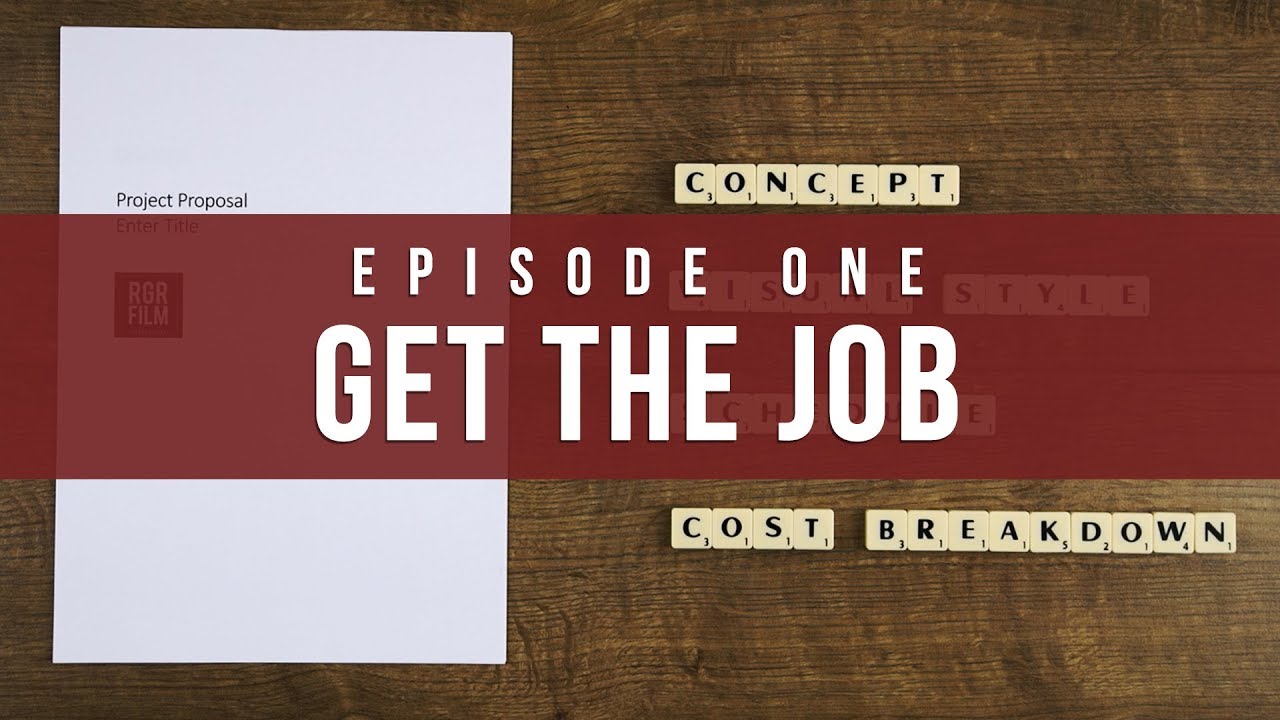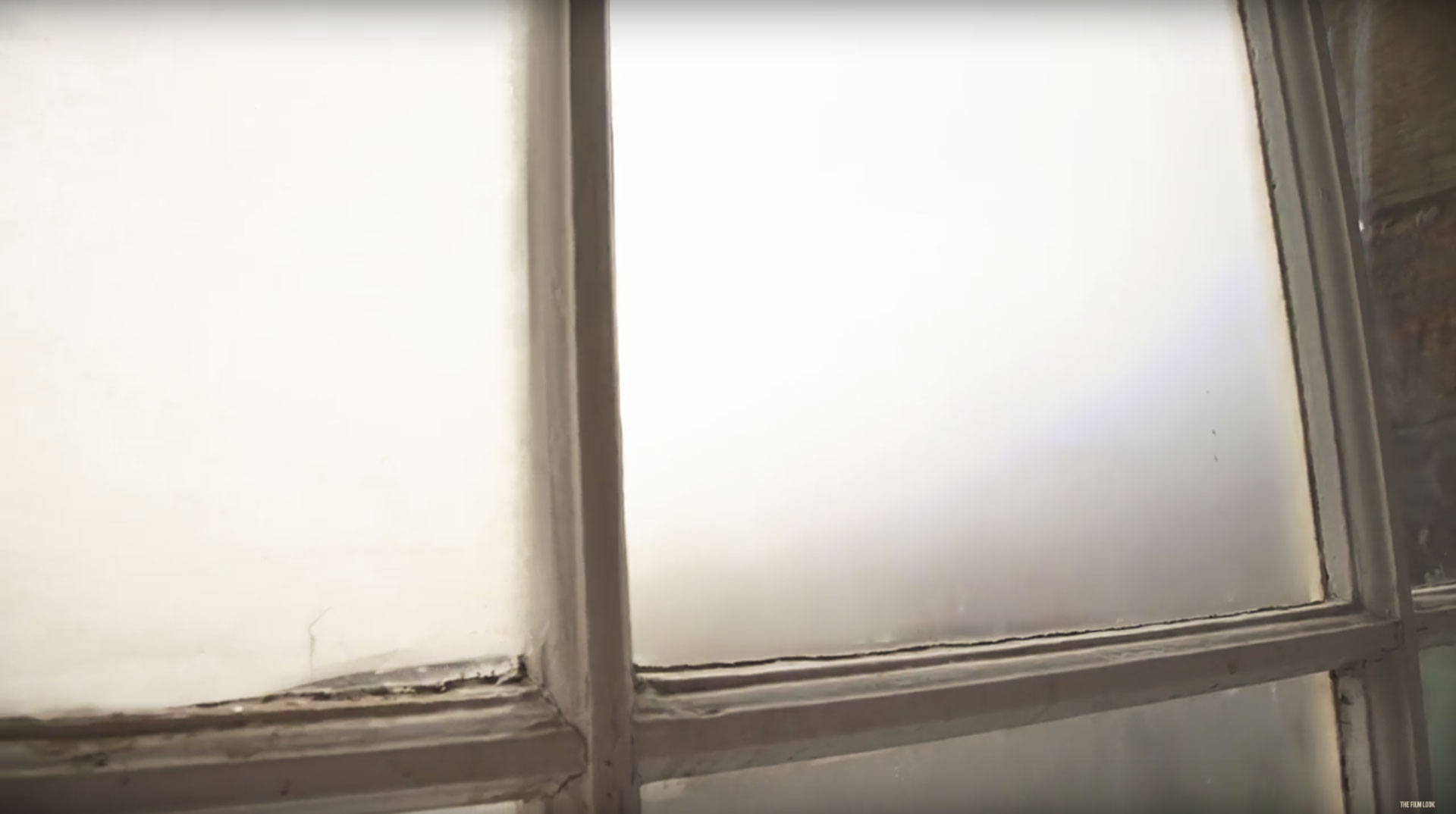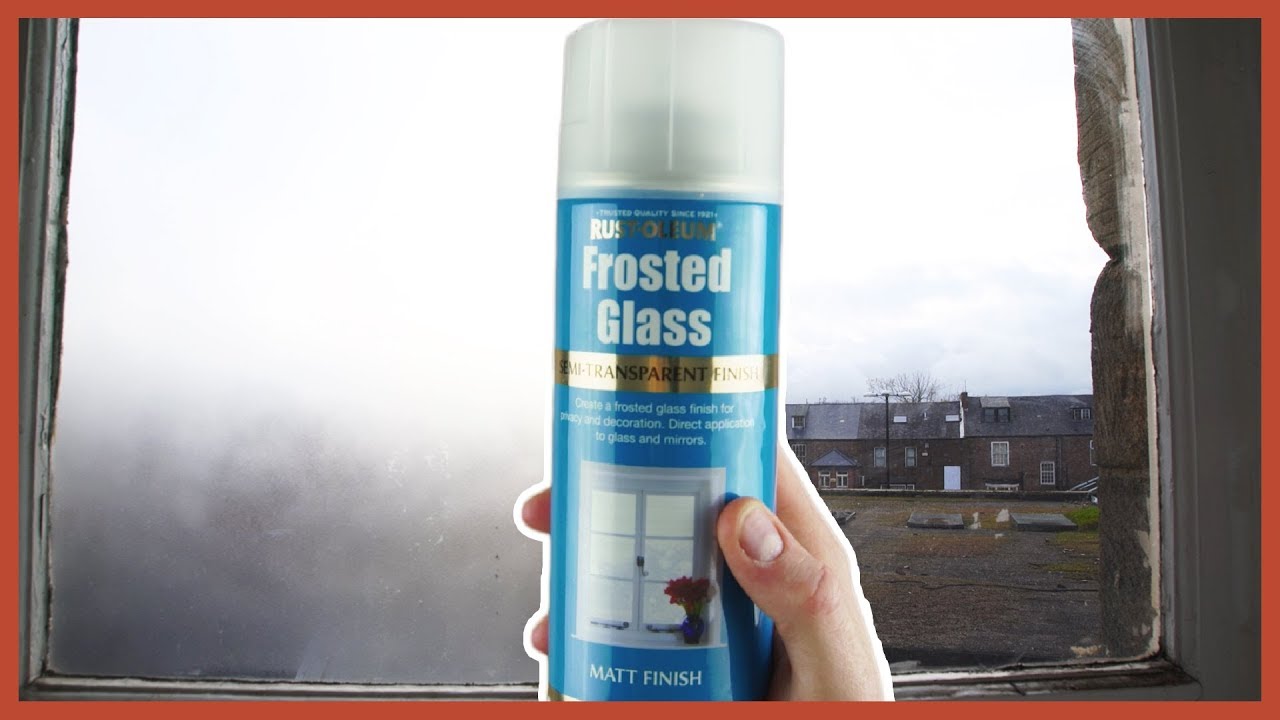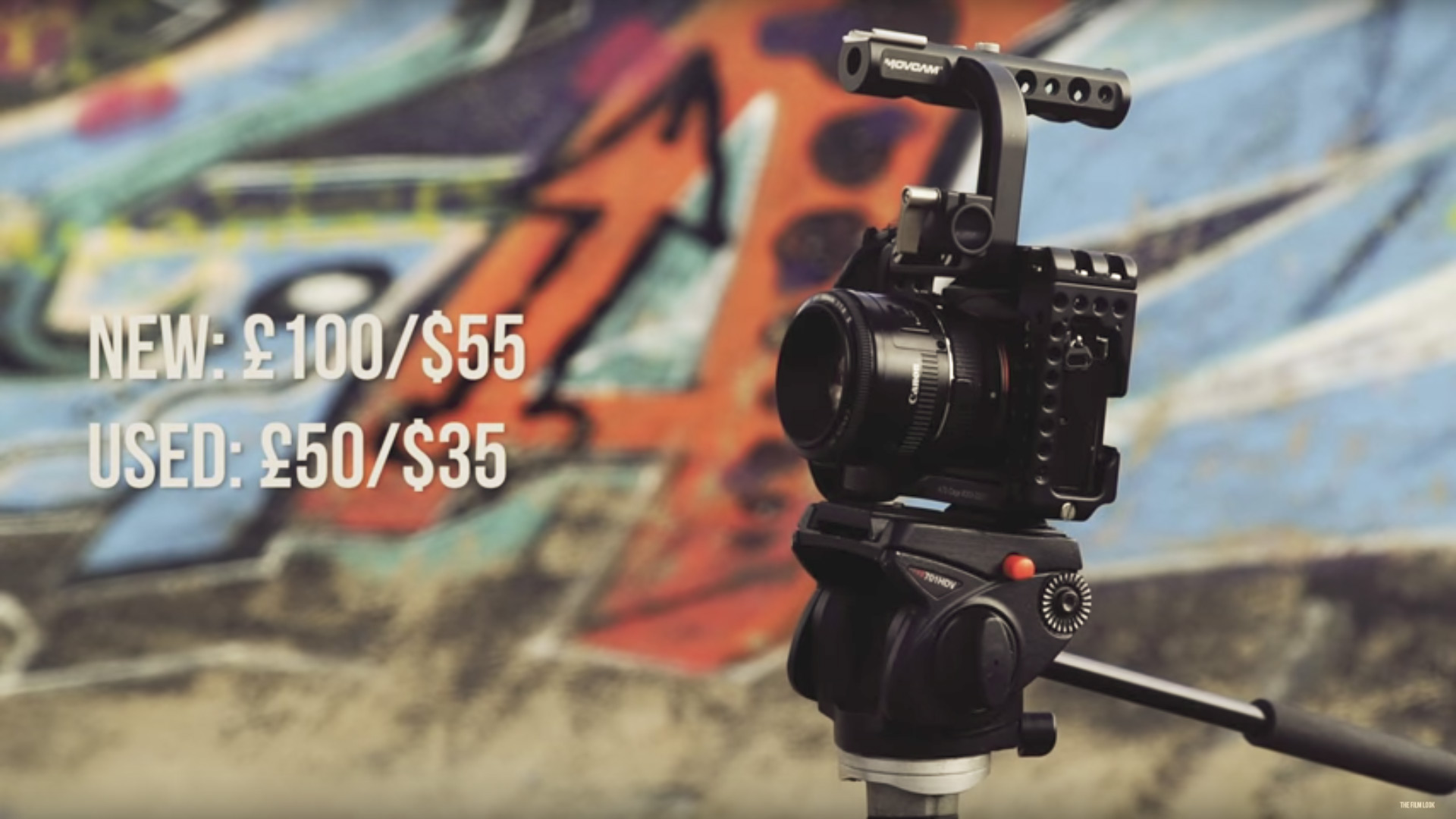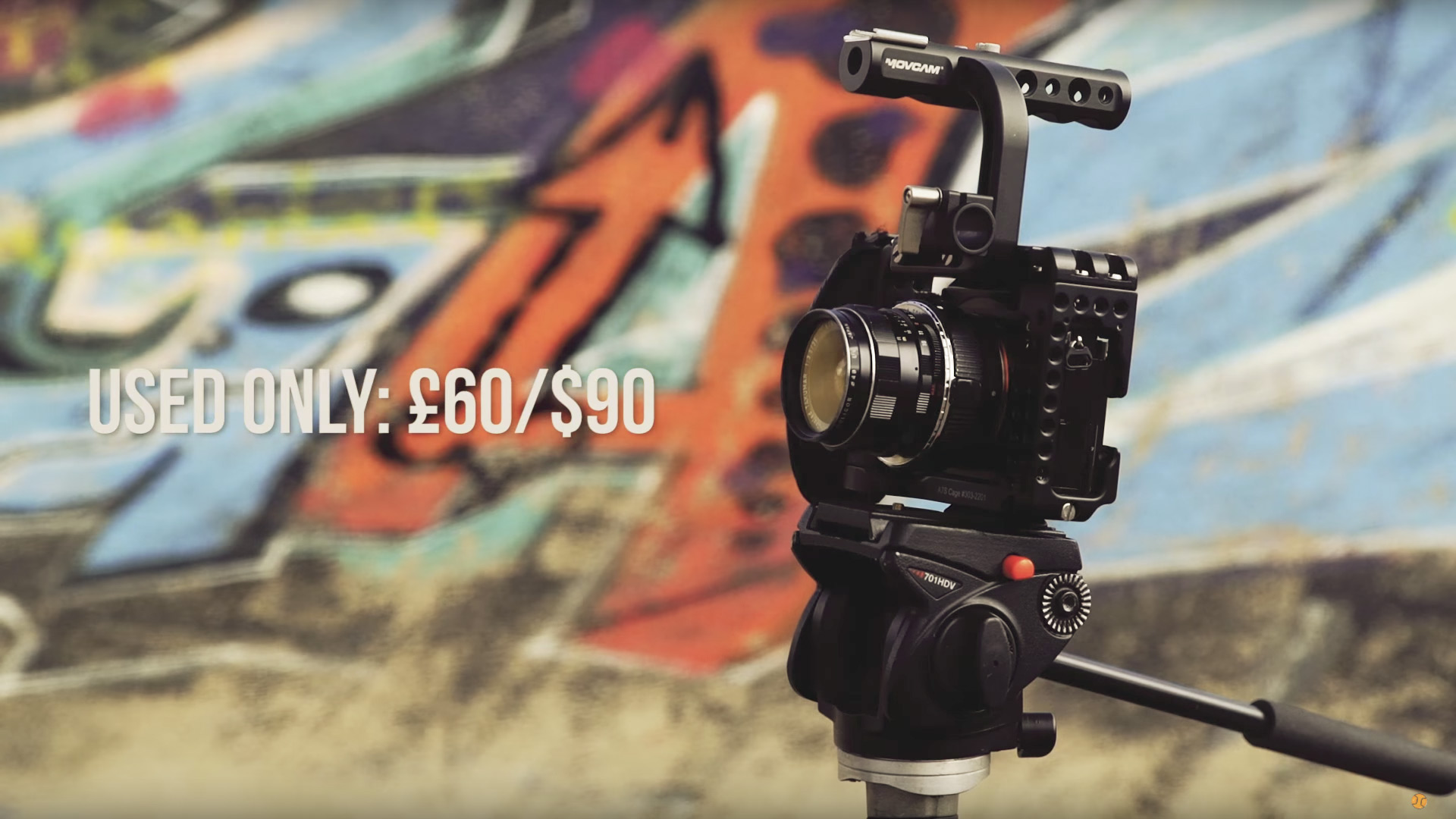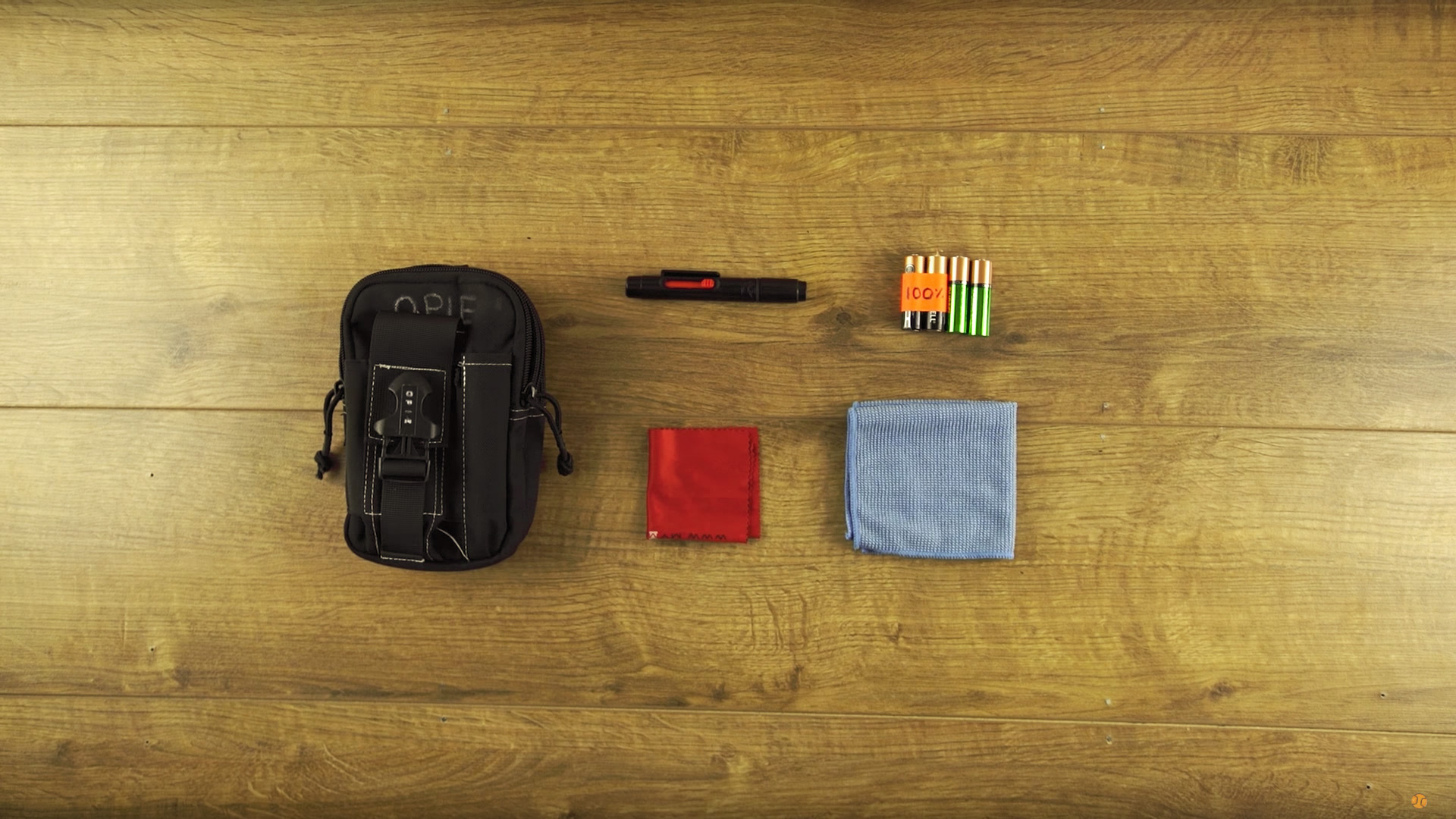How to approach businesses
Whilst you are setting up your business you need to be out there finding work, as no one will come to you especially at the start.
Emailing people can work, but you need to make sure you are emailing the right person. Don’t use the first email address that you find on a company's website, info@company.com, you need to be speaking to someone who works in the marketing or advertising departments, these are the people who deal with the people just like you. An easy search on Google like this - Company.com Marketing department will give you the names of the people who work in that department. Karen@company.com
This is a little different for people and businesses who are just one or two man teams. A great way to contact them directly is by messaging them via their Facebook business pages - write this message in the same professional manner you would an email.
Don’t be disheartened if you send 100 emails and only get 10 back, 10 is good. But if you only get 1 email back of someone who is interested, the next step is to meet with them and see how you can work with each other.
Even if this is an unpaid job treat this as a job interview; go smart, be prepared, and listen to what they want.
And most of all, be honest! Don’t pretend to know something you don’t, nobody becomes David Fincher overnight, and you shouldn’t pretend to be.
Other than that, it is all up to you to turn that into a sale.
The more people you speak to, the more work you will get, so get to know people! Referrals are how you are going to get 50% if not more of your work. This means networking, and telling people them what you do.
I hate networking, but it’s necessary. The trick is to really listen to people; who they are and what they do. Don’t try to sell your business yet as they might not need your services, but they might know someone that does.
Last piece of advice will depend on where you live; if there are a lot of art groups, community meeting and talks, go to them and introduce yourself. You will meet people who are very like minded, creative, and someone there will be organising some form of event or workshop...and this is when you can offer to film it for them...it’s a start!
Who needs videos making?
So who needs videos making? Well the short answer is everyone. For this guide we have made two different types of client videos to use as examples.
One was for Sian Jordan Designs, a watercolour artist, and we made a video that explains who she is and what her business does. We call these type of videos ‘Business Stories’.
The second video we made was for Pamplemousse Recording Studio that advertised the services they sell. This is a classic promotional video.
The two videos were created for Pamplemousse Recording Studios. The first one was a 20 second advertisement about the services they offer. The second video was 2 minutes long, and goes into more detail about Jordan the owner of Pamplemousse Recording Studios, we call this type of videos Business Stories.
Recording Studios are just one example of the type of companies you could contact, but there are loads more so let’s talk about them.
These are just two examples of the type of companies you could contact who need videos. There are loads of others so let's talk about them.
Museums
